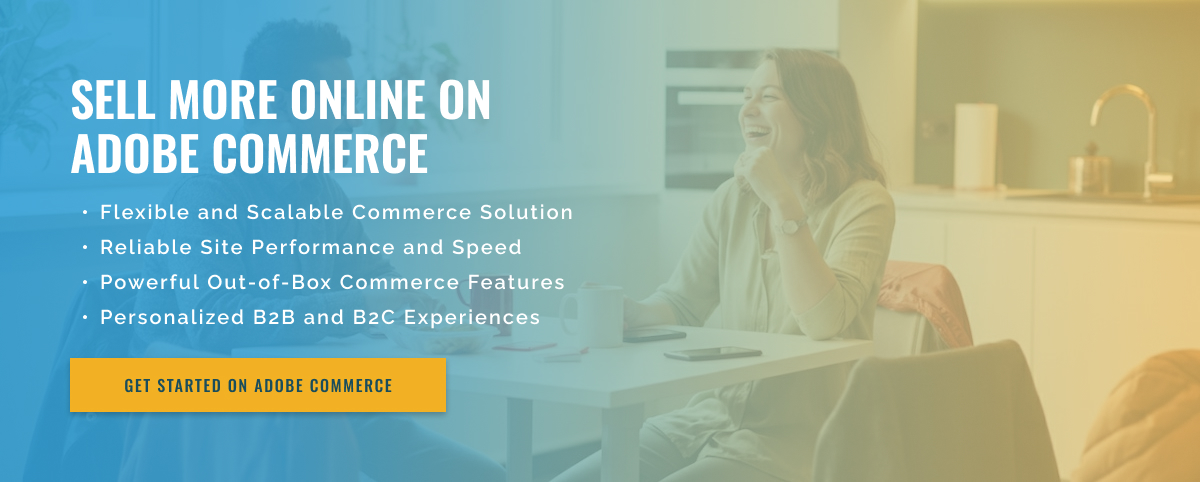3 minute read
Exploring Adobe Commerce’s Shift from PaaS: Industry Insights and Trends
Adobe Commerce (formerly Magento Commerce) has emerged as a leading platform for eCommerce businesses in recent years. Its advanced features, flexibility, and customization make it a top choice for retailers, especially small and medium-sized businesses.
However, there has been speculation in the industry about Adobe Commerce transitioning away from Platform as a Service (PaaS) to a hybrid or even Software as a Service (SaaS) model. Is this really happening? Let’s take a closer look at the trends and insights shaping this shift.
Understanding PaaS and SaaS
Before diving into Adobe Commerce’s direction, let’s clarify the difference between PaaS and SaaS:
- Platform as a Service (PaaS): A cloud computing model in which a third-party vendor provides hardware, software, and development tools, allowing businesses to build and manage their own applications.
- Software as a Service (SaaS): A cloud-based application delivery model where a vendor hosts an application and makes it available to users over the internet, eliminating the need for businesses to manage infrastructure.
For years, Adobe Commerce has functioned as a PaaS, providing businesses with the tools and infrastructure to build and manage their eCommerce sites. However, since Adobe acquired Magento in 2018 and integrated it into Adobe Experience Cloud, there have been signs of a shift toward a hybrid or SaaS model.
What’s Driving This Shift?
1. The Need for Seamless Integration
A major factor driving this shift is the increasing need for businesses to operate in a more integrated and seamless manner.
The rise of omnichannel commerce and personalized shopping experiences means retailers need a platform that can handle everything—from inventory management to marketing and customer service.
Adobe Experience Cloud enables businesses to combine these capabilities in one place, making a move toward SaaS or a hybrid model more appealing.
2. The Rise of Headless Commerce
Another key trend influencing this shift is headless commerce.
Headless commerce separates the front-end of an eCommerce site from the back-end, giving businesses more control over how their site looks and functions.
Adobe’s move toward a more configurable and integrated platform aligns with this trend, which is more easily supported through a hybrid or SaaS model.
What Does This Mean for PaaS?
While some businesses may be concerned about the financial implications of this change, especially small businesses, Adobe has stated that it will continue to support and invest in its PaaS offerings.
The move to a more integrated model doesn’t necessarily mean the end of PaaS. Instead, it suggests a gradual evolution toward a more flexible and scalable approach, combining the best aspects of both PaaS and SaaS.

